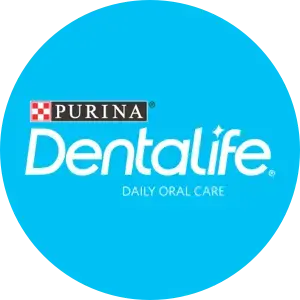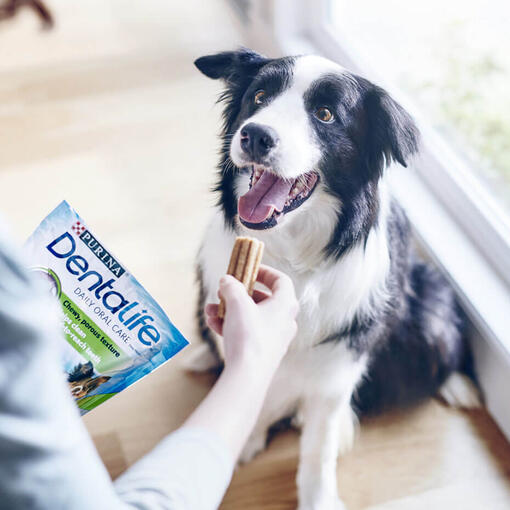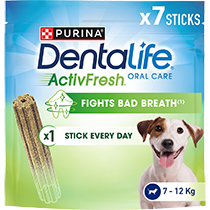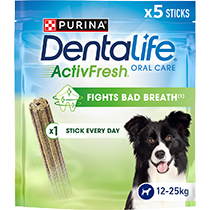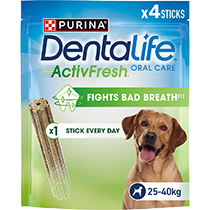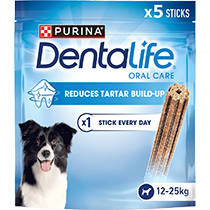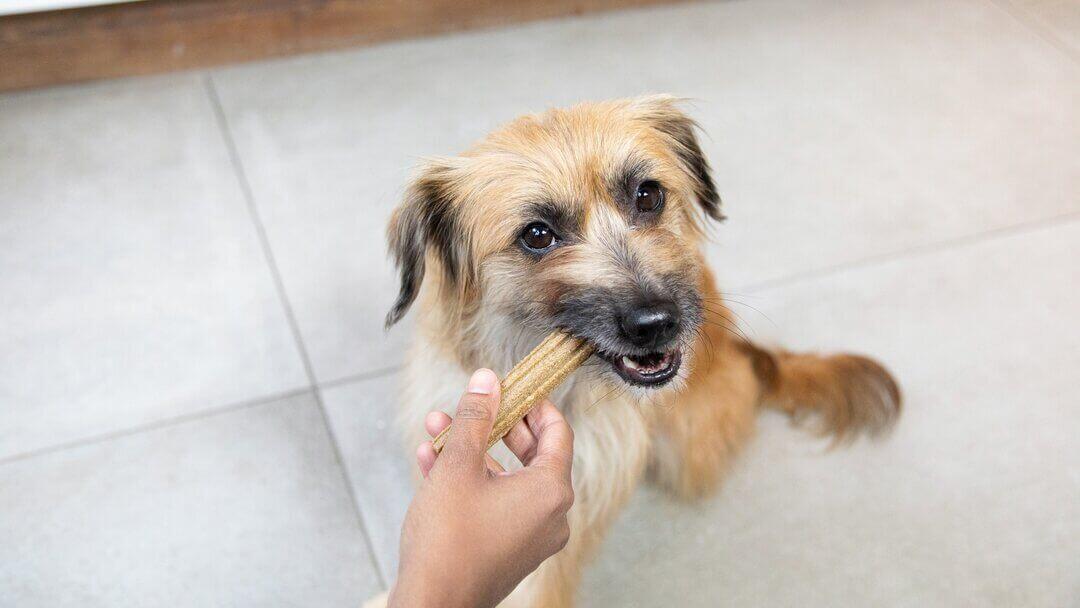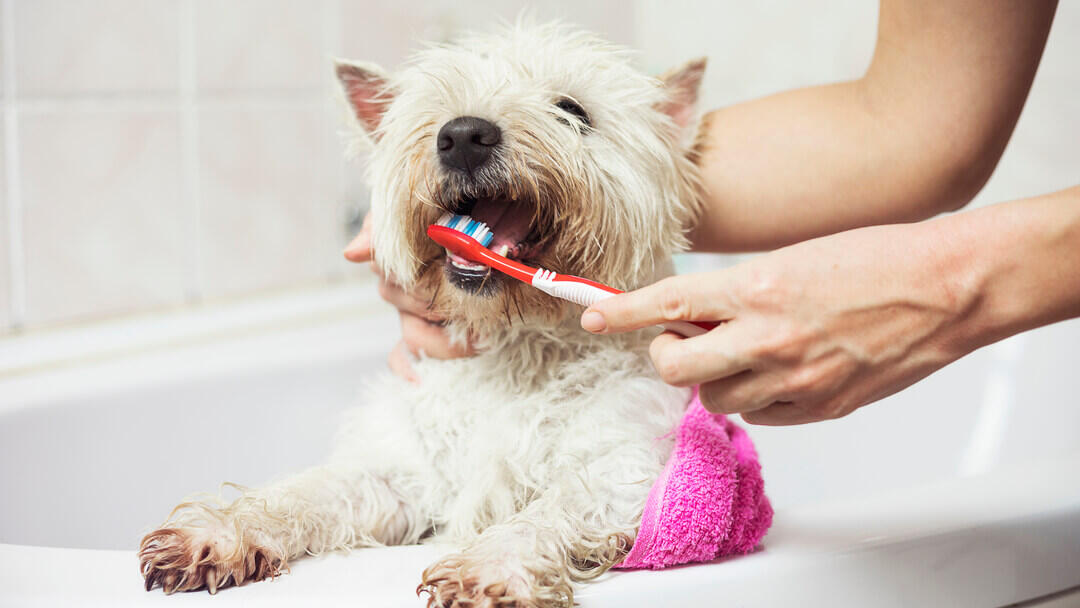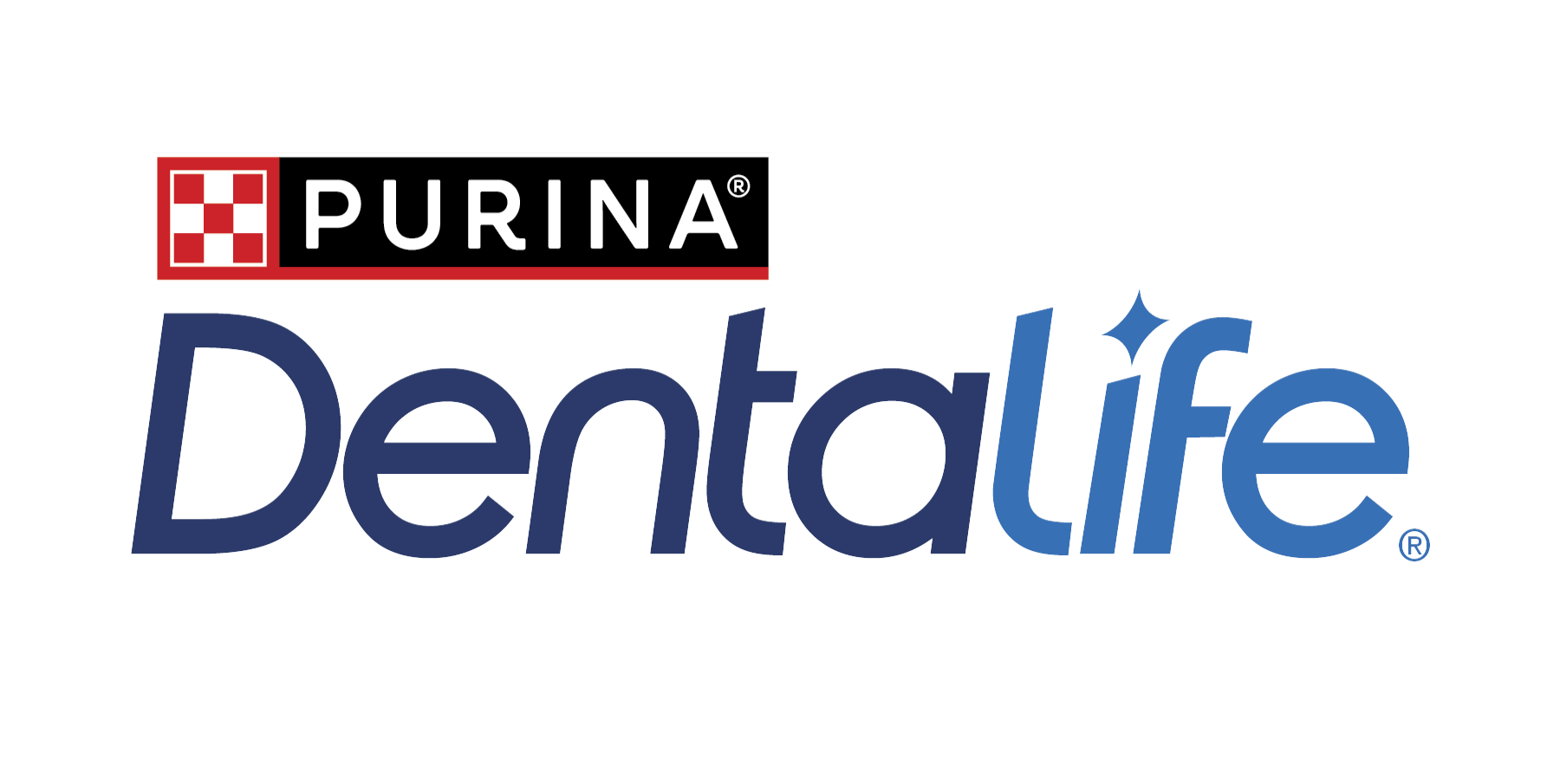


Gum disease in dogs can cause discomfort, dental health problems and, if left untreated, it can lead to deeper issues. Knowing how to spot the signs of gum disease in dogs will help keep the issues at bay and prevent potential long-term health problems.
Cause of gum disease in dogs
Bacteria is the main cause of gum disease in dogs, also known as periodontal disease or gingivitis. Periodontal disease in dogs, much like in humans, is where bacteria - along with food, saliva, and other particles - forms a sticky film called plaque over the teeth. Your dog's immune system tries to clean up the plaque by releasing enzymes that can break down gum tissue. Periodontal disease in dogs can lead to inflamed gums and destroyed tissue, and if left untreated, further gum disease.
Because dogs can’t brush their teeth, they tend to have more plaque, meaning there's more potential for disease. Sometimes it’s easy to miss the early signs of gum disease in dogs, mainly because your dog can’t tell you what’s wrong or may try to hide any pain they have. However, there are signs you can look out for to help keep them in good health.
Symptoms of gum disease in dogs
You should examine your dog’s gums and mouth regularly for signs of gum disease. Bad breath is the most obvious sign, but look out for reddened, bleeding or swollen gums, crusted yellow-brown tartar or plaque build-up on the teeth and drooling.
Other signs can be obvious from your dog's behaviour. Depending on how long you’ve had your dog or how familiar you are with their habits you may notice them having problems picking up food or making noises when they eat. You may also find that they’re leaving blood in their water bowl or on chew toys, or producing more nasal discharge or ropey saliva.
Complications of periodontal disease in dogs
Although the initial signs might be subtle, there is potential for the symptoms to get worse over time. The bacteria can enter your dog’s bloodstream causing complications and a higher risk of heart, kidney or liver disease. This is why it’s important to not ignore the early signs and discuss with your vet any unusual symptoms you notice. Regular check-ups can also help detect milder symptoms, allowing your vet to intervene before the disease progresses.

What is the treatment of gum disease in dogs?
If your dog displays any signs or symptoms of dog gum disease mentioned above, or you have any concerns, the first thing to do is take your dog to the vet for an examination. Some of the bacteria may be hiding below your dog's gum line and a dental X-ray can reveal the extent of any bacterial damage.
Treatment for gingivitis or gum disease in dogs will require a visit to the vet. They will often start by cleaning your dog’s teeth to remove any plaque or tartar. Depending on what the X-rays reveal, antibiotics may be prescribed and, in some cases, even tooth extraction can be recommended.
Is gum disease in dogs preventable?
A good start to keeping gum disease at bay is to look after your dog’s teeth by adding teeth brushing to the daily routine. This is also a good opportunity to check for any unusual symptoms that may need the vet’s attention, such as bleeding or swollen gums, loose or cracked teeth.
Pay attention during playtime and try to remove any hard items your dog may start to bite or chew on. Softer toys are a better option, especially if your dog has had dental problems in the past. Talk to your vet to find out which dog toys are more suitable for your dog’s dental health.
To help take care of your dog’s dental health, give your dog Purina® DentaLife® once a day. Its chewy, porous texture and ridged design helps to clean even the hard-to-reach areas, and it also freshens breath for a deep clean.
Speak to your vet if you’d like more information on how you can help to maintain your dog’s oral hygiene. And if you’ve ever wondered what your dog’s teeth look like, what are the different types and what they’re used for, our dog dental chart has plenty of fascinating facts about dog teeth anatomy. Check it out next.
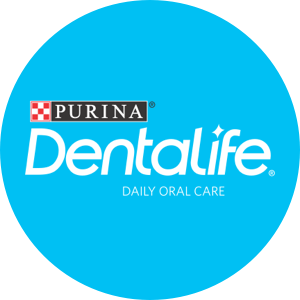
Shop the Dentalife Dog range:
Related articles by Dentalife
